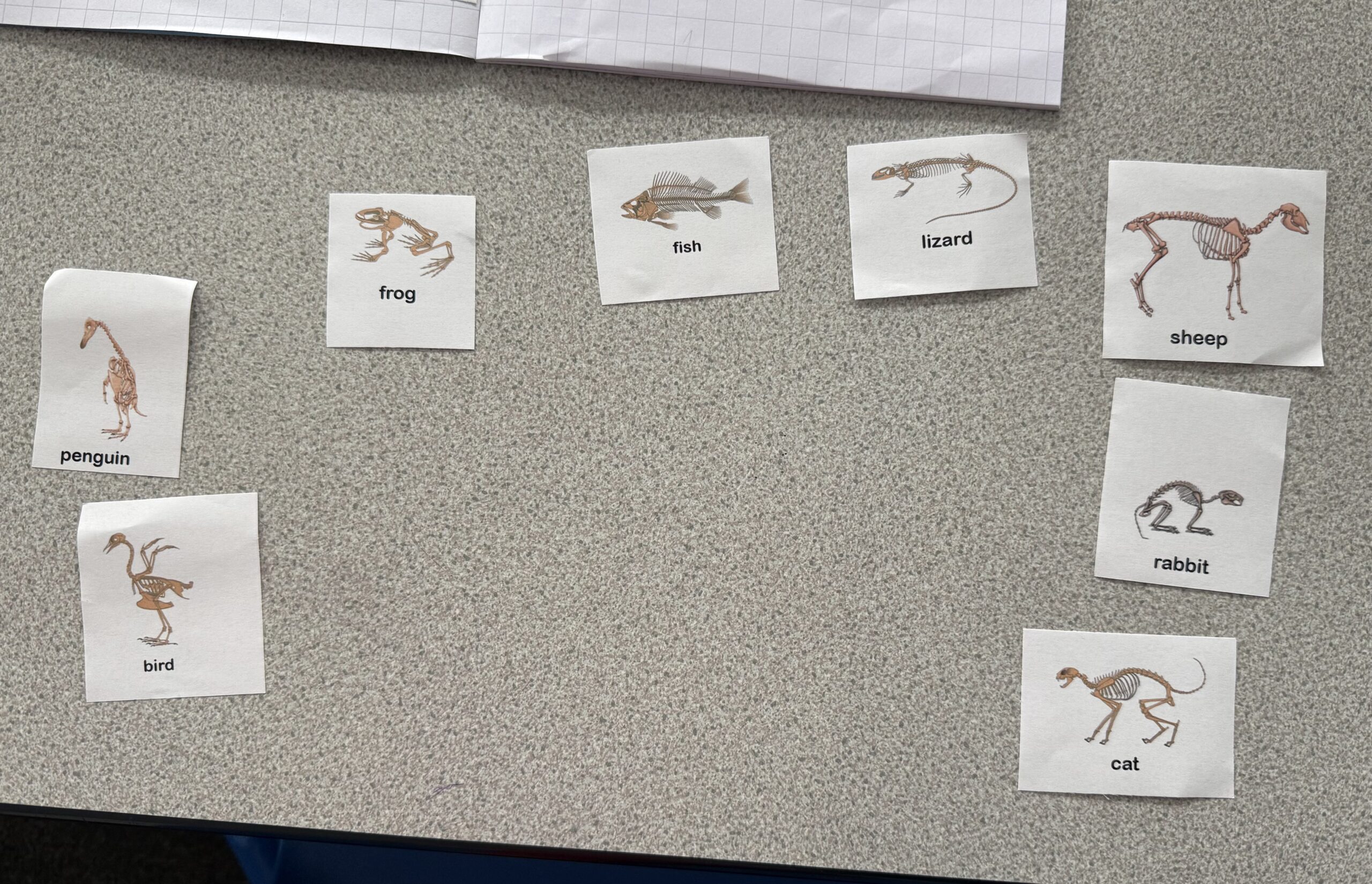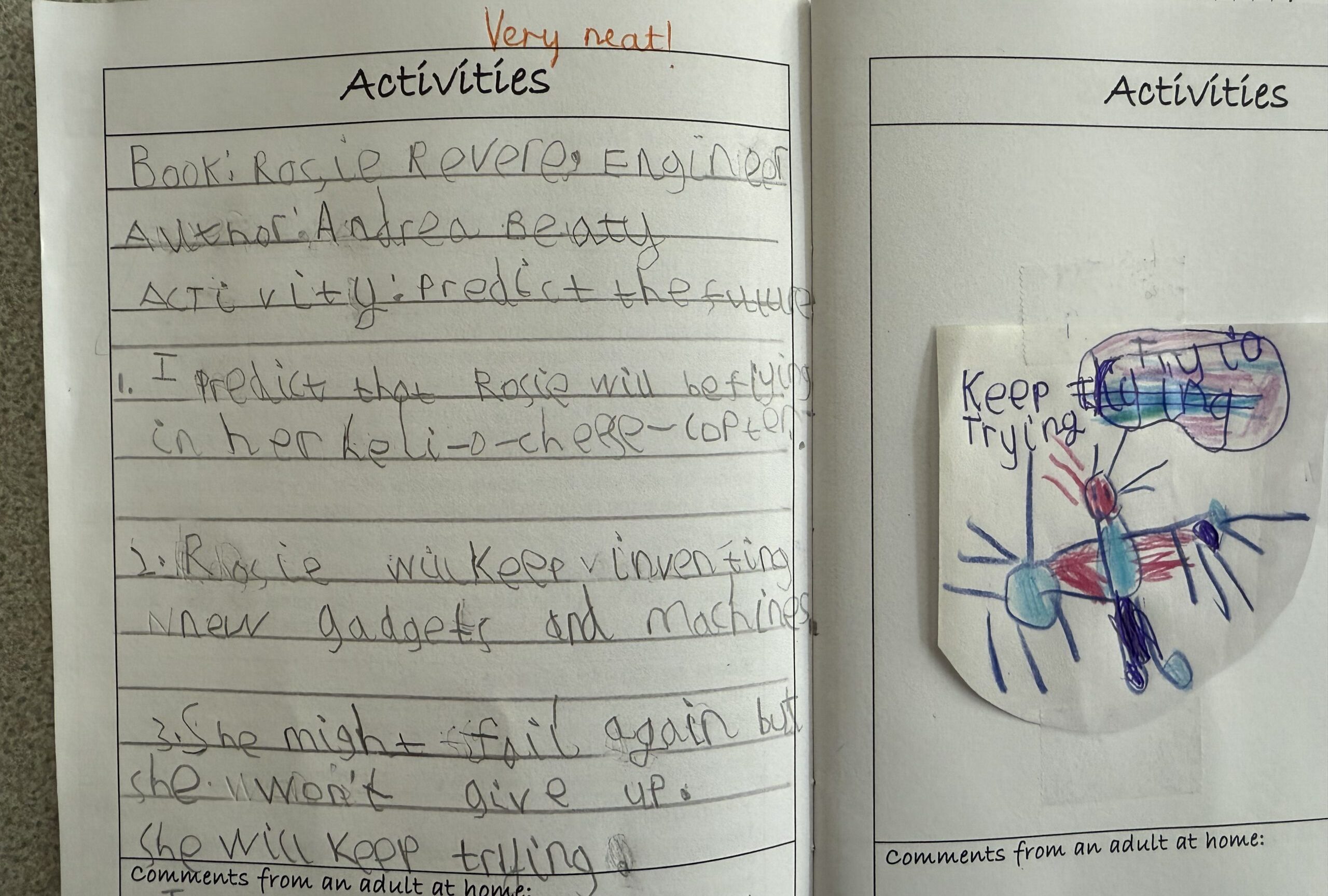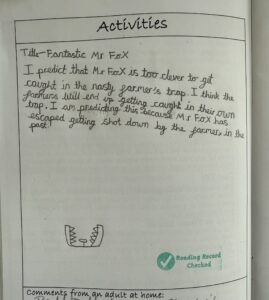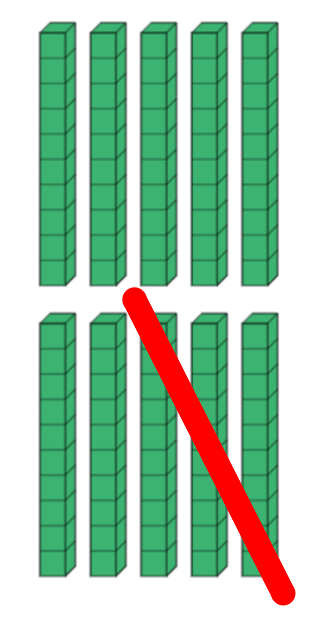Living and Learning: rights and responsibilities
This week, Year 3 have been talking about rights and responsibilities.
The children discussed what rights they have and that these rights come with responsibilities. Here’s what we came up with:
I have the right to learn and go to school. I have the responsibility to help others learn while at school.
I have the right to clean water. I have the responsibility to not waste water.
I have the right to share my religion. I have the responsibility to be respectful about other religions.
I have the right to feel safe. I have the responsibility to make others feel safe.
I have the right to feel happy. I have the responsibility to make others feel happy.
Help at home: What other rights and responsibilities can you think of? See how many you can list with your child!
Leeds Rhinos play offs
PLAY OFF ACTION RETURNS TO AMT HEADINGLEY
Following the conclusion of the regular season Leeds Rhinos will take on St Helens in a mouth-watering elimination play off at AMT Headingley Stadium on Saturday 27 September 2025, kicking off at 8pm.
Tickets are on sale now at Leeds Rhinos – Online ticket sales
We hope that you will join us for what promises to be a fantastic occasion as we aim to get within 80 minutes of the Grand Final at Old Trafford.
Further info can be found here Play Off Eliminator tickets on sale now

The Collins Hub
All children in Year 3 have now been sent home with their new and updated Big Cat Collins E-Book logins. They’ve been stuck into the front cover of their reading records. Please let me know if there is any problems with the logins.
I’ve uploaded the books the children are reading from now (15.09) until next Friday (26.09). The children will be reading one chapter a day, 3 chapters per week (6 chapters in total). These books will stay on your child’s login should they want to come back to it later in the year.
These books are online for you to read with your child after school or on an evening. You could read the same chapter they have read that day or begin the next chapter. This time reading with an adult will really help your child with their word reading and comprehension!
You could…
- discuss new or tricky vocabulary
- echo read (I read, you repeat)
- complete your reading record activity on what you’ve read
- draw a scene in the story
- draw a character’s family tree
- link the information you’ve read to something you seen or read elsewhere
- hot seating (pretend to be one of the characters)
- write a factfile
Let me know if you have any questions!
Miss Birch
Science: I can group skeletons.
Our Science topic is skeletons.
So far, we’ve learnt about 5 parts of the human skeleton;
- skull
- pelvis
- ribcage
- femur
- spine
Our skeleton’s function is to protect and support movement. Without a skeleton, we might look a bit like a jellyfish!
Help at home by playing ‘Simon Says’ using these 5 parts of the human skeleton… “Simon says point to your skull.”
In our second lesson, we looked at a variety of animal’s skeletons. We classified these animals based on whether they were mammals, reptiles, fish, amphibians or birds.
How else could you group these skeletons? Could you group them based on which ones have a spine or ribcage?
Autumn term after-school clubs – places available
As we start week two of our new after-school club schedule, there are some clubs with spaces available and it is not too late for your child to join a club.
Monday
- Y3/4 Table tennis 1 space
- Y3-6 Chess spaces
- Y4-6 Dodgeball 1 space
Tuesday
- Y1-3 Foot-tech football 1 space
- Y1-3 City of Leeds Basketball spaces
- Y5-6 now open to Year 4 Table tennis spaces
Wednesday
- Y1-3 Fun and games spaces
- Y4-6 City of Leeds Basketball spaces
Thursday
- Y5/6 Coding 2 spaces
- Y5-6 now open to Year 4 Netball spaces
Wow reading records!
The children really impressed me with their reading records this first week. The activity was ‘predict the future‘ which asks them to predict what may happen; in the next chapter, at the end of the book or in the sequel. These records are to help me keep track of the children’s reading progress so it’s fantastic to see the children’s evidence of this.
I choose an activity for the whole class to complete on their book each Friday. More information on these activities are inside the record. If you are ever unsure which activity it is, please ask or choose a random one!
This week’s activity is ‘fact file’.
Maths: number bonds to 100!
We’re at the beginning of our maths journey in Year 3 and we’re applying our knowledge of numbers bonds to 10 to support us with our number bonds to 100.
If I know that: 3 + 7 = 10
Then I also know that: 3 tens + 7 tens = 10 tens
and I can work out that: 30 + 70 = 100
Similarly for subtraction:
If I know that: 10 – 3 = 7
Then I also know that: 10 tens – 3 tens = 7 tens
and I can work out that: 100 – 30 = 70
Repeat the phrase: There are 10 tens in one hundred.
Help at home by practising this strategy with your child. Can they use their number bonds to ten to support their number bonds to 100?
Reading records
This week, Year 3 have been sent home with their new and exciting reading records! These records are to help me (Miss Birch) keep track of the children’s reading progress.
The new reading records key info:
- Each time one of the children signs out a new book to read from the library or reads a new book at home, they can make note of these in the book and rate them out of 5 stars.
- I’ll choose an activity for the whole class to complete on their chosen book each Friday. More information on these activities are inside the record on page 8.
- The children will need to bring in these reading records every Friday for our Book Club lesson where we’ll discuss their books and develop their love of reading.
- The children’s grown-ups will also need to write a short comment sharing with us the reading their child has been doing at home.
- There are challenges at the back of the reading record that can be completed across the year. I’d love to see pictures of the children completing these fun activities!
- It gives the children ownership and responsibility of their reading!
I hope this is all clear and I’m really looking forward to seeing their progress.
This weeks reading record activity is PREDICT THE FUTURE. This task is explained on page 8.
Any questions, please ask!
Living and Learning: I follow school rules.
The first week back to school brings lots of new routines and ways of doing things but there are things that haven’t changed!
Our three school rules:
1. We are respectful.
2. We are ready.
3. We are safe.
We reminded ourselves of these rules in Year 3 and what these rules might look like across school. Here’s what we came up with:
How can we be respectful?
- We can listen to each other.
- We treat each other fairly.
- We look after the school and its belongings.
- We use kind words.
How can we show that we’re ready?
- We can have eyes on the speaker.
- We can have empty hands.
- We can have silent voices when someone is speaking.
How can we be safe in school?
- We can walk inside and outside when moving from one place to another.
- We can have kind hands and feet by keeping them to ourselves.
- We can stay where an adult can see us.
These three school rules are really important for everyone in school, not just the children. They make school a happy and healthy place to be.
Help at home: How can be safe at home or while out somewhere? Discuss what you could do to stay safe and what can be done if you ever feel unsafe!
Year 3 PE and Library days
Hello!
Year 3 will have their PE days on Tuesdays and Fridays this year. Please can your child come to school wearing their PE kit on this day too! If you’re not sure on the PE kit, please let me know and I can give you the school’s uniform policy.
Our library slot is on a Monday. Your child will need to bring their library book or books in on a Monday if they are ready to swap it or are at the end of their 2 week allowance.
Any questions, please ask!
Thank you!
Miss Birch





